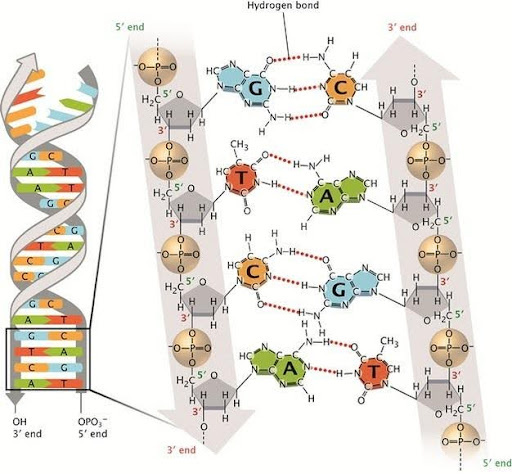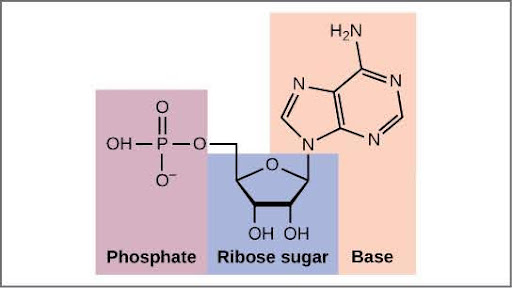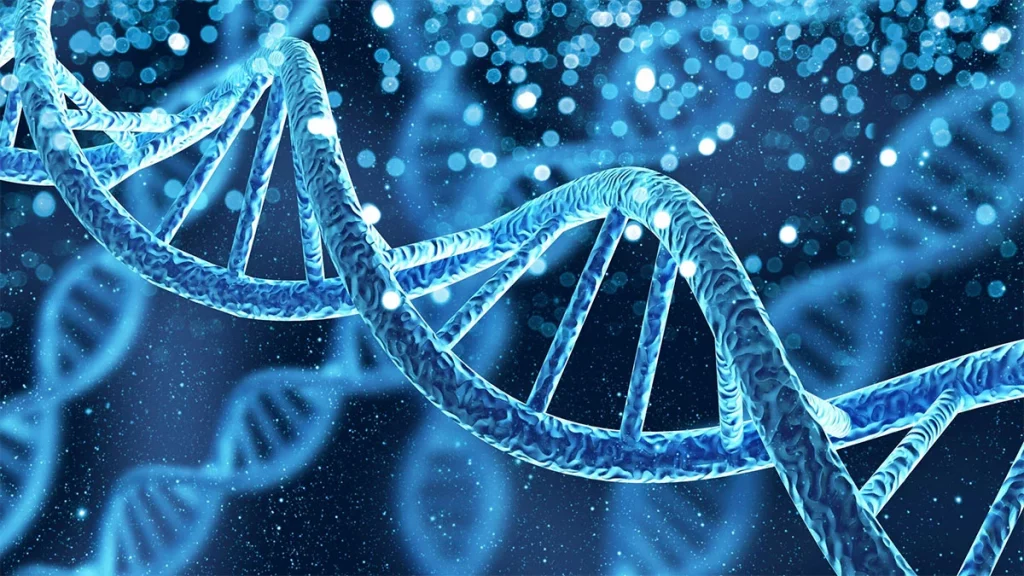Genealogy and contemporary biology are based on the molecular framework of DNA. However, researchers knew very little about the genetic data transporter until the 20th century. Everything changed when Francis Crick and James Watson released their seminal work describing the double helix structure that makes up DNA in 1953. This significant advancement in science changed our view of life and ushered in the golden age of genetics.
Deoxyribonucleic acid, or DNA, is found in all living things, including bacteria, viruses, plants, and people. DNA offers instructions for every biological activity through the encoding of genetic code. This molecule’s structure is beautifully basic, with two helical strands that combine to produce the well-known double helix shape.
However, the molecular makeup of DNA baffled the most outstanding scientists for many years. At the time, experimental methods could not identify its chemical structure conclusively. Prior to Watson and Crick’s work establishing the structure of DNA, like the evolution of life before Darwin, lingered as an unidentified science. Their finding sparked a genuine scientific breakthrough and opened the doors for contemporary genomics.
Watson and Crick Discovery
Franklin’s Colloquium, November 1951: The initial model by Watson and Crick
Watson attended a colloquium that Franklin delivered at King’s College in November 1951 on her work. Wilkins and Crick were friends, and their frequent correspondence resulted in Watson’s several visits to King’s.
Franklin’s colloquium draft and the notes that went with it are still preserved at the Churchill College Archives in Cambridge. She talks about a [very] dry form (1), as well as two forms that are difficult to re-wet: “crystalline” (2) (later A) and “wet” (3) (later B).
Double Helix Structure
In the year 1951, James Watson and Francis Crick crossed paths at the Cavendish Laboratory at the University of Cambridge. The goal of Watson, a driven young scientist from America, was to discover the molecular makeup of DNA. Experienced British biophysicist Crick contributed his understanding of protein chains. Their combined abilities and diverse experiences created the ideal team for this difficult assignment.
Watson and Crick developed tangible representations of the DNA molecule, drawing on earlier work by pioneers. They gradually changed the molecule’s structure until they achieved the proper double helix structure in 1953. Their most important discovery was that each strand is precisely matched to one another by adenine (A) with thymine (T) and cytosine (C) with guanine (G).
Fundamental Features of Watson and Crick Model
The four fundamental components of the Watson and Crick model haven’t changed since it was first proposed in 1953, despite occasional little adjustments or additions made by scientists. These characteristics are listed in the following order:
Hydrogen bonds hold the two strands of DNA’s double helix together. Chargaff’s rule is constant and explains why A bases are always paired with Ts and Cs are always paired with Gs.
The majority of DNA double helices are right-handed, meaning that if you held out your right hand and pointed your thumb upward while curving your fingers around it, your thumb would stand in for the helix’s axis and your fingers for the sugar-phosphate backbone. Z-DNA is the only kind of DNA that is left-handed.
The 5′ end of one strand is coupled with the 3′ end of its corresponding strand in the DNA double helix because it is anti-parallel (and vice versa). As seen in Figure, the phosphate groups on nucleotides attach the 3′ end of one sugar to the 5′ end of the subsequent sugar.
The outside edges of the bases that contain nitrogen are also exposed and open to possible hydrogen bonding, in addition to the hydrogen bonds that bind DNA base pairs together. Other molecules, such as proteins, essential for DNA replication and translation, may easily access DNA thanks to these hydrogen bonds (Figure).

Why did it take so long to discover DNA?
Given DNA’s vast biological relevance, it may seem strange that scientists took quite a while to decipher its molecular makeup. Nevertheless, several crucial elements hindered a previous breakthrough:
Theoretical errors: False assumptions, such as the idea that proteins make up DNA, have led research in the wrong directions.
Competitiveness rather than cooperation: Productive teamwork and open data sharing were sometimes hampered by intense competition among elite researchers.
Experimental constraints: Before advances like X-ray diffraction, researchers had no means of directly seeing proteins at the atomic size.
Concentration on proteins: Considering their higher intricacy, most scientists thought proteins were the carriers of the genetic code, not nucleic acids like DNA.
Identify three possible components of a DNA nucleotide.
The double helix structure of human DNA comprises two parallel strands of chemical components termed nucleotides, as demonstrated by Watson and Crick. There are three main molecular elements found in each nucleotide.
1- The phosphate group gives a DNA strand its connecting structure between nucleotides. Each DNA nucleotide comprises a sugar, a phosphate group, and a base.
2- The structural foundation of DNA nucleotides is the 5-carbon sugar deoxyribose.

3- DNA has four different kinds of nitrogenous nucleotides. Smaller, single-ringed pyrimidines are cytosine (C) and thymine (T), whereas double-ringed purines are adenine (A) and guanine (G). The nitrogenous base that a nucleotide contains determines its name.
Conclusion
The double helix structure of DNA was discovered by Francis Crick and James Watson, which transformed genetics and paved the way for the development of contemporary biotechnology. They discovered the chemical mystery of life itself by deciphering how DNA’s graceful dual helical threads that carry biological information. Watson and Crick used creativity, intelligence, and perseverance to construct the ultimate DNA model while other researchers gathered intriguing hints. Their discovery shaped today’s globe by exploring new areas of knowledge and demonstrating science at its finest. One of the greatest scientific discoveries in human history is still the structure of DNA.



















